IRON Meteorites
What are they, and where they come from?
Siderites, or iron meteorites, are fragments of asteroids (generally exposed cores), composed mainly of native iron, alloyed with different proportions of nickel and other minor elements (cobalt, iridium, phosphorus, sulfur, gallium, germanium, gold, etc.)
These meteorites are considered differentiated materials, having been in a molten state at some point in their history.
We know this because metals have a crystalline system, which we will talk about in depth later.
Siderites are only 6% of the meteorites found, and among their findings are the largest known in the world; Campo del Cielo, Hoba, Bacubirito, Willamette, etc.
Their radiometric ages are approximately 3.7 billion years, making them non-primitive meteorites. These metals have sometimes experienced important geological histories, leading to the crystallization of other immiscible minerals, such as troilite, schreibersite, cohenite, graphite, etc.
It is common to find new, unknown minerals in the composition of siderites.
Sometimes they are stable metals, but normally, these metals undergo oxidation processes quickly, forming chlorides and oxides that, if not properly cared for, will end up completely destroying them.
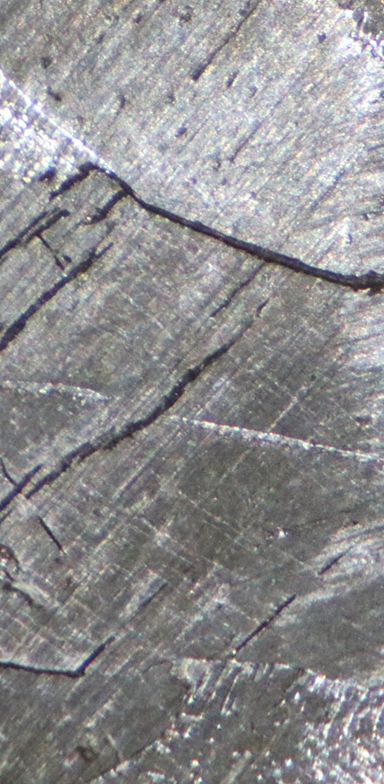
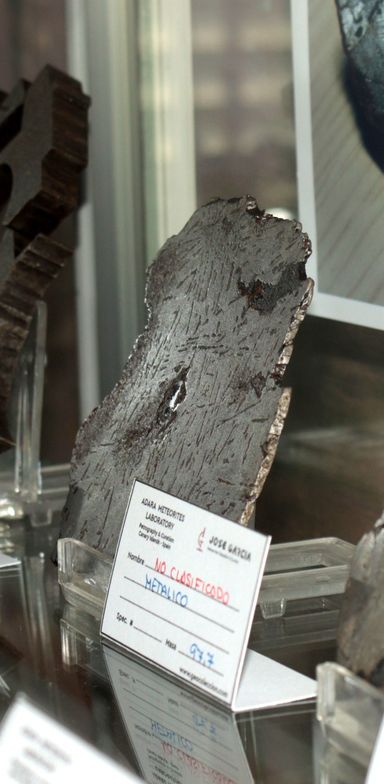
The beauty of iron meteorites.
Widmanstätten patterns.
Since they were melt metals, until their complete consolidation as cold and solid irons, siderites have experienced cooling rates of between 0.5 to 1000 Celsius for every million years that have passed. This has allowed the iron to crystallize, forming structures that we know as Widmanstätten Bands, in honor of Alois Von Beckh Widmanstätten, who observed them for the first time. They are the unequivocal sign of identity that a metal comes from outer space. Numerous different forms of these bands have been identified, as well as others that are similar and known as Neumann lines.
Siderites; their beauty and risks.
The iron beauty of metallic meteorites is indisputable. In fact, they are considered the favorite meteorites of collectors and investors. However, in addition to their beauty, metallic meteorites face significant challenges and risks in their conservation. An adequate care and conservation process is essential to protect them from oxidation and total destruction.
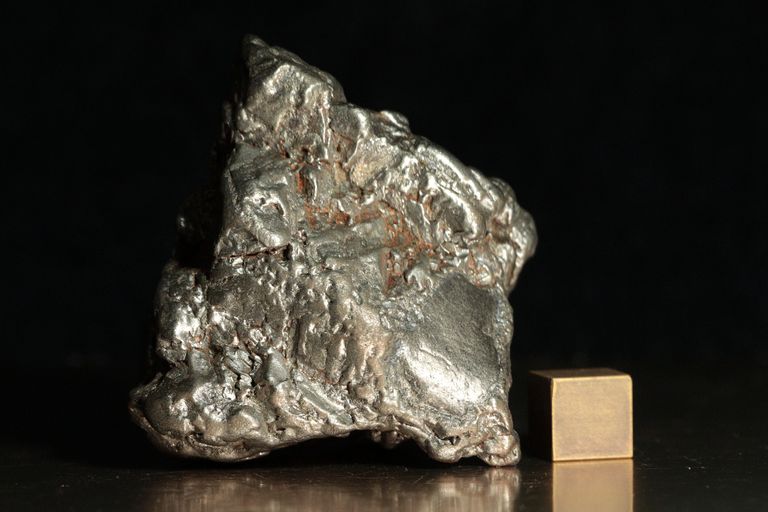
Consultancy
If you observe strange behavior in your metallic meteorites, do not hesitate to contact us. Siderites often develop rust, sometimes alarming, as well as other aggressors, such as lawrencite, so it is important to act quickly and forcefully to prevent their destruction.
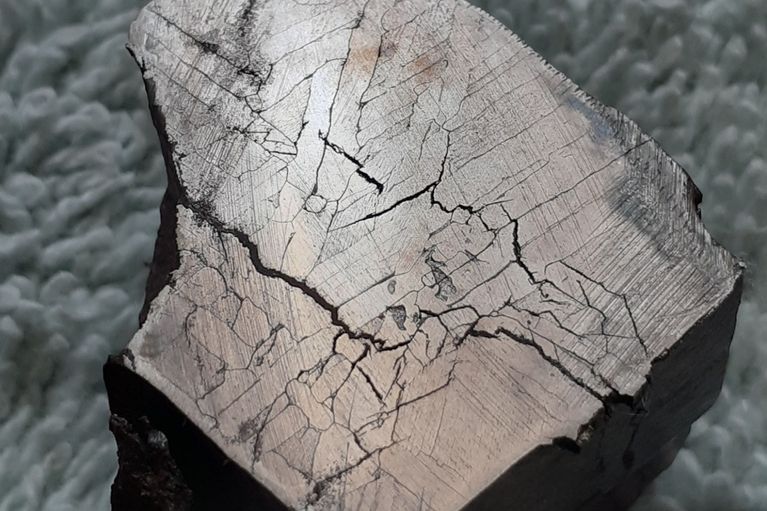
The rarities
Although metallic meteorites are rare, there are some extremely rare types, whose preservation is important. In our laboratory we work on the conservation and recovery of very rare meteorites. To do this, we apply techniques and a rigorous monitoring program in the interest of guaranteeing the preservation of the siderites.
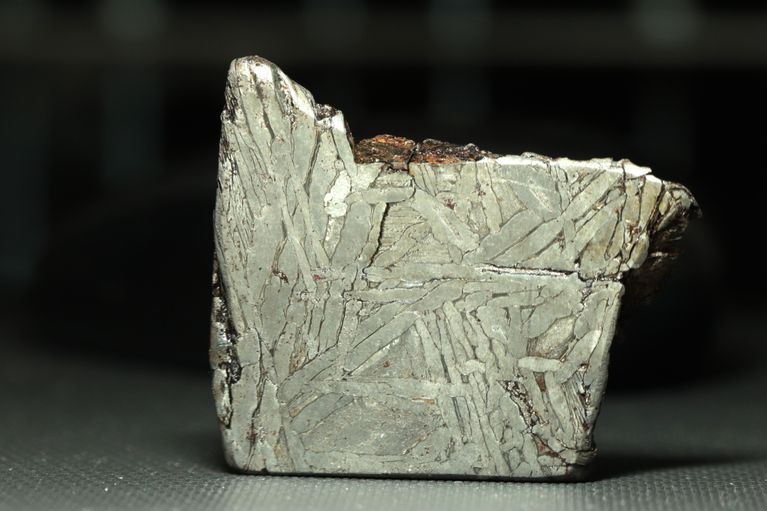
The surprise
They are, perhaps, the meteorites that attract our attention the most, especially because they attract us strongly. The metal from meteorites has been used since ancient times in the manufacture of weapons and jewelry. Now they adorn our collections, and provide science with valuable information about the processes of the solar system.
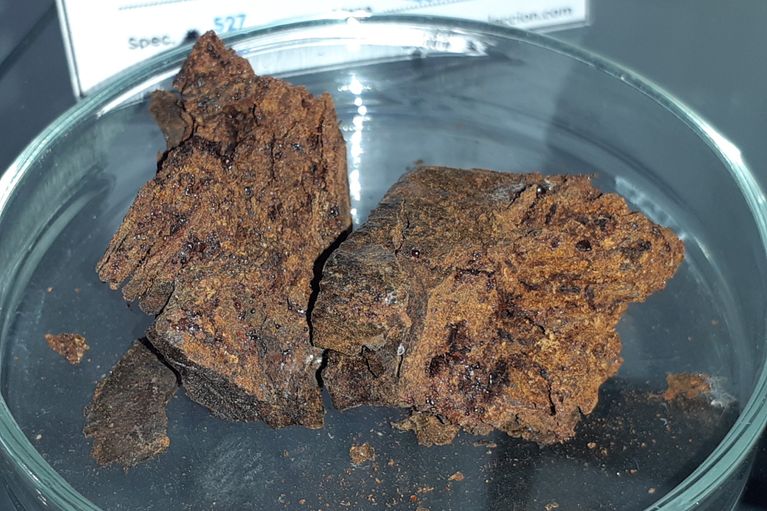
The End
Siderites are composed mainly of native metals, which react strongly with the oxygen in the atmosphere, producing in extreme cases, their final oxidation to the point of no return. It is important to design a conservation plan from the first moment they are identified.
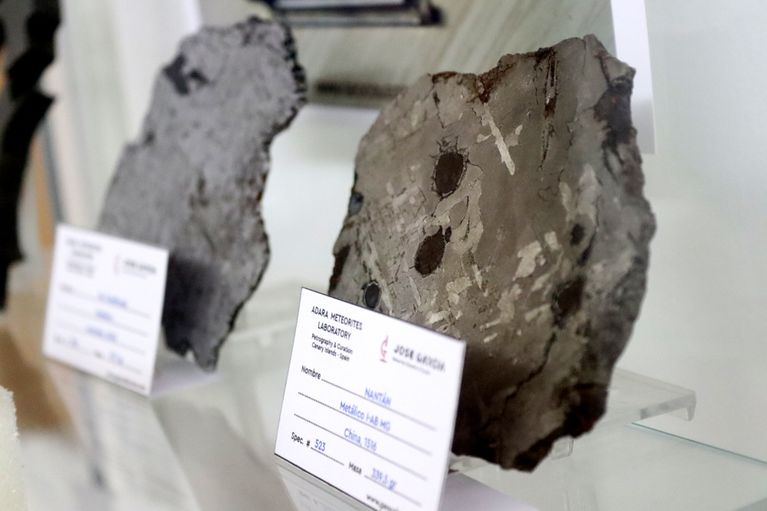
Do you need help?
Everything is going well, and suddenly one day, you notice a spot of rust on your side. Don't hesitate, contact us. Your meteorite begins to rust. You need help. Rust must be removed, damage corrected, and preserved from future oxidation. We have the solution. Get in contact with us.
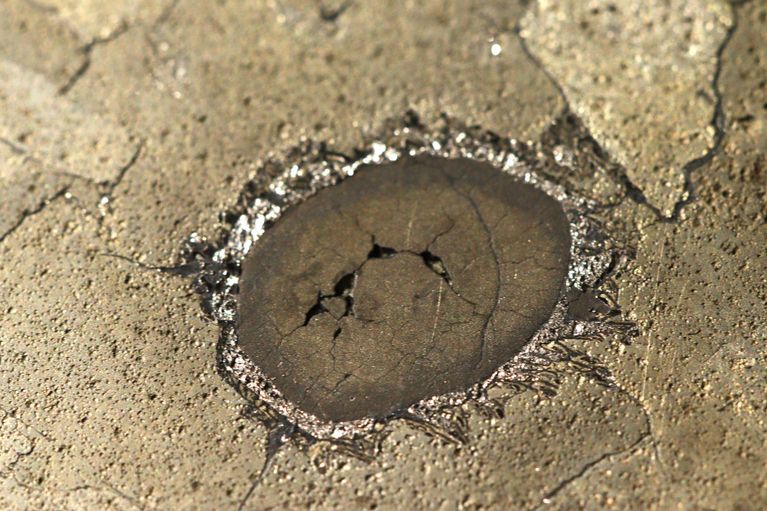
Science
The siderites have shown that science can continually grow. More and more new minerals are being discovered in them. Its key perhaps lies in its own origin. Iron was formed in stellar nucleosynthesis processes elsewhere in our galaxy.
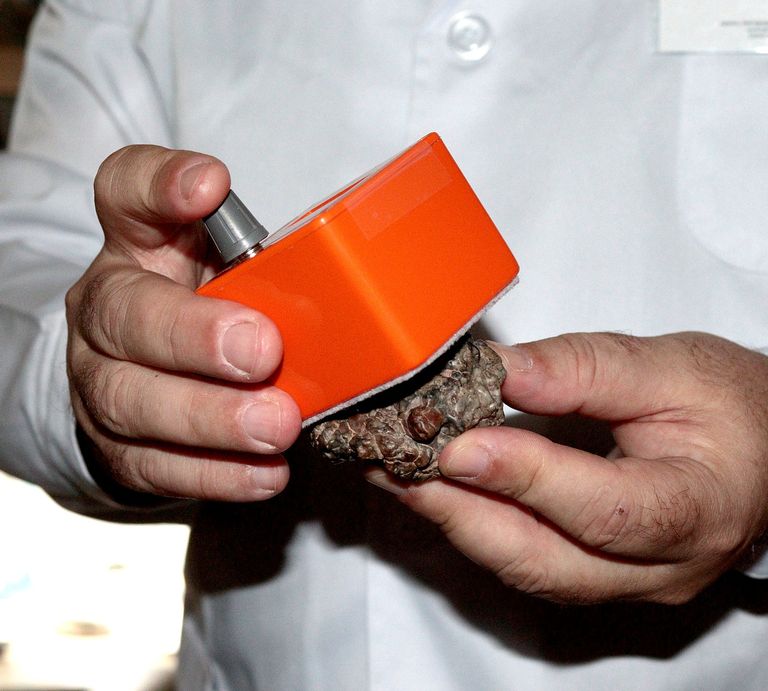
Visit our Laboratory page
Analysis, Curation, Classification of Astromaterials.
If you think you are find a meteorite, don't hesitate to contact our laboratory. We can help you to analyze and classify your meteorites in the Meteoritical Bulletin.
E-MAIL; CLICK HERE.
Visit the lab page; CLICK HERE.
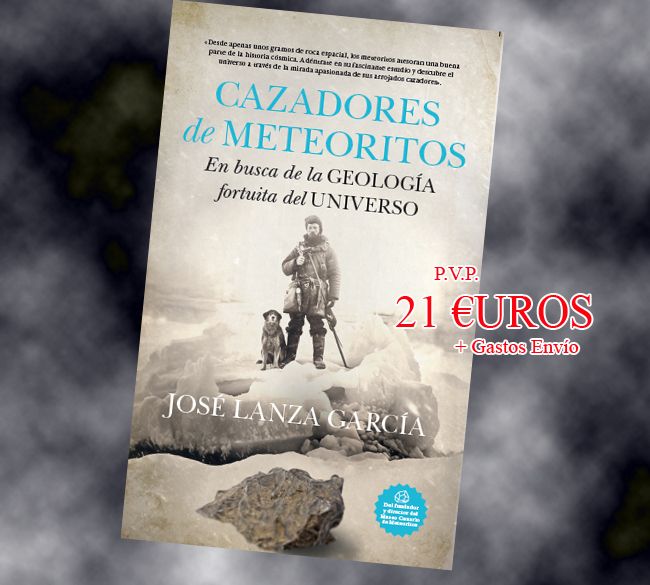
CAZADORES de METEORITOS
En busca de la Geología fortuita del Universo.
En Enero de 2024 salió a la venta mi nuevo libro, con el que espero que todos disfruten, y mucho. Una interesante reflexión sobre los tipos de meteoritos, haciendo un recorrido por sucesos y momentos cruciales en la historia de la meteorítica. Chladny, Plinio, la extinción de los dinosaurios, los buscadores del Sahara, coches y personas colisionados por meteoritos, Chelyabinsk, Meteoritos en los juzgados, y buscadores en la cárcel. Meteoritos vistos por la Inteligencia artificial. Los más grandes, y los más valiosos... Creo que nadie debería dejar de leer este libro en el que analizaremos todas estas cuestiones, y mucho más... Quizás después también tú quieras convertirte en un CAZADOR DE METEORITOS.
ENCARGOS DE EJEMPLARES FIRMADOS POR EL AUTOR, ACCEDER AQUÍ *** ENCARGOS A EDITORIAL (no firmados) AQUÍ
Contact us for more information.
REMEMBER; NO PHOTOGRAPHS OR VIDEOS ARE COMMENTED. WE DO NOT ANSWER EMAILS WHERE THE QUERY IS ASKING TO IDENTIFY PHOTOS.